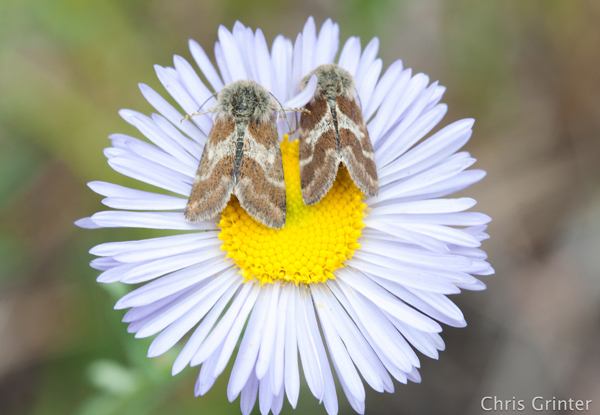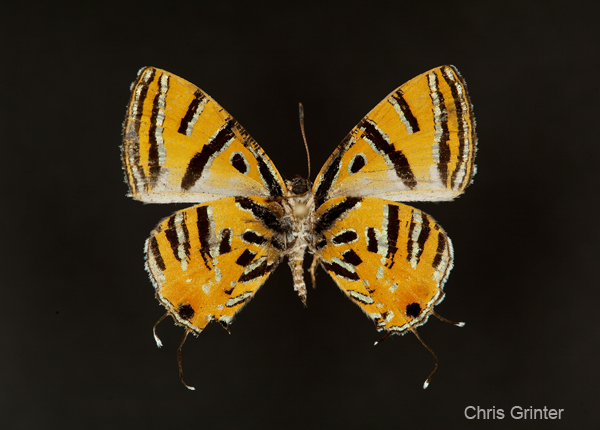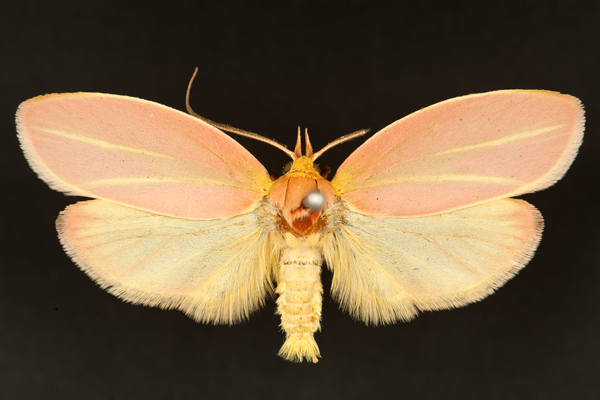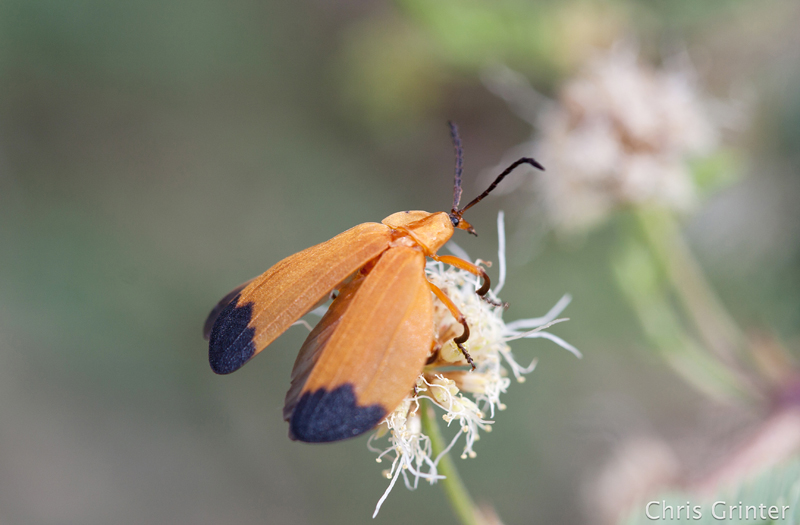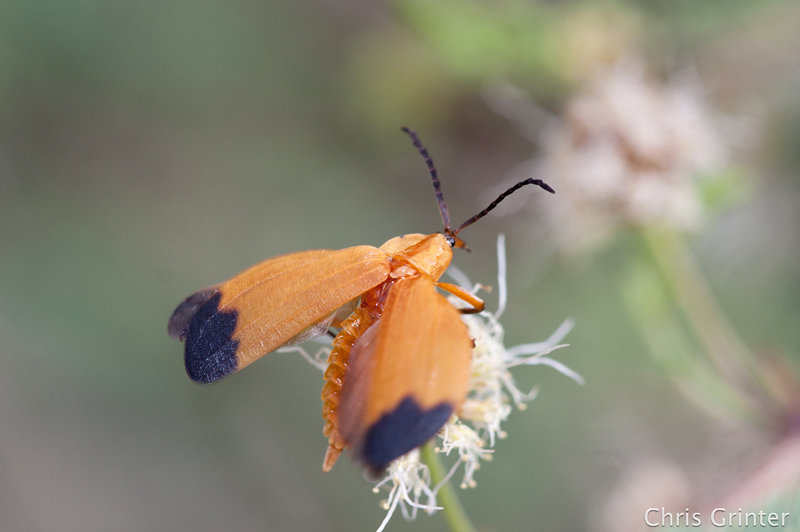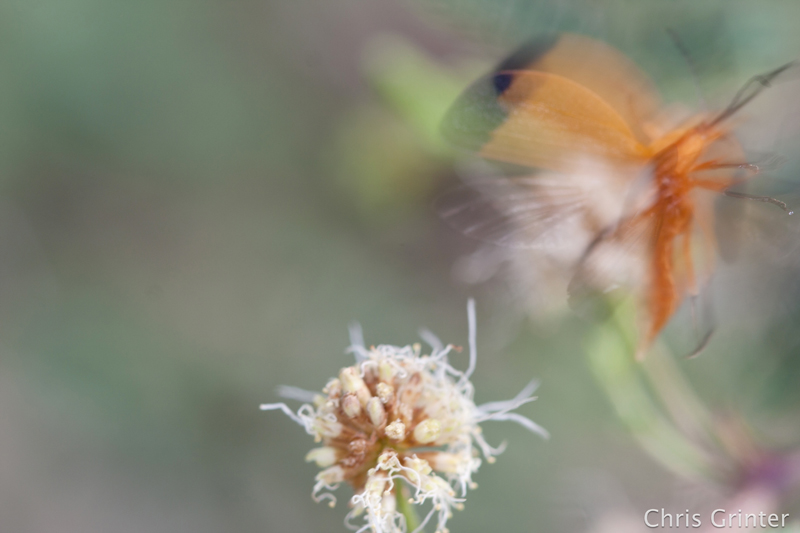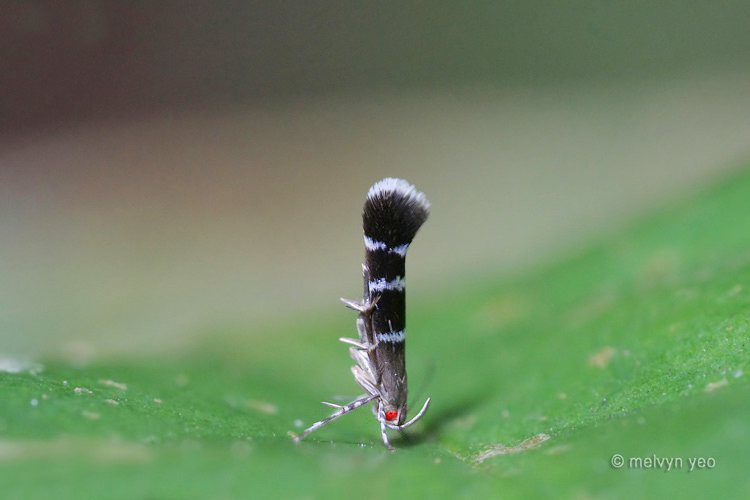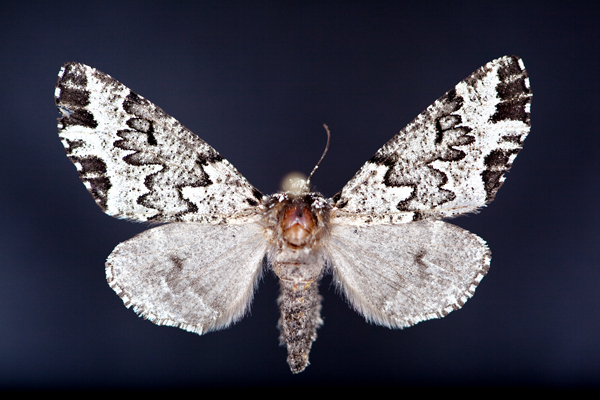Fresh off the presses, the Miami Blue Butterfly (MBB) is now listed as federally endangered by act of an emergency provision. Huzzah! (right?)
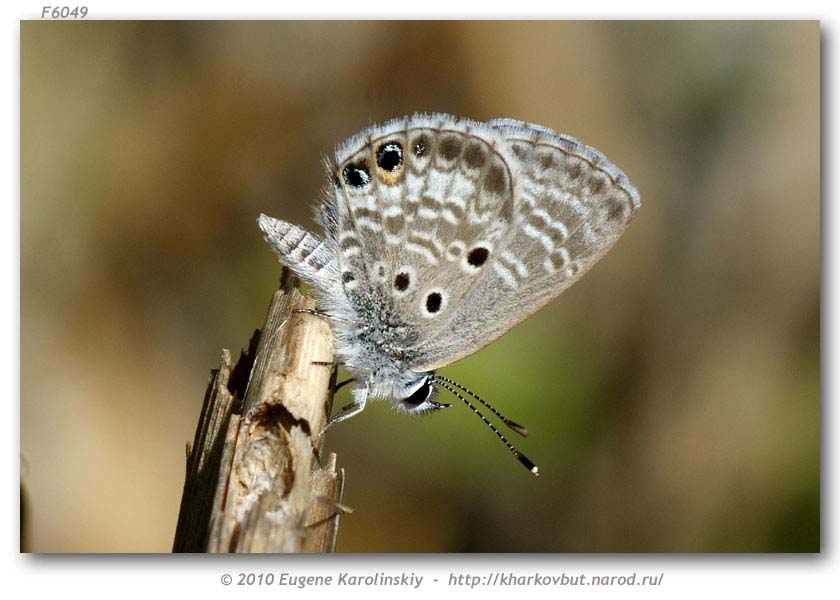
Miami Blue Butterfly from Butterflies of America
My first thought was “wait, wasn’t this already endangered?”. Yes, turns out the MBB has been state-endangered since 2002 after a previous emergency petition filed by the North American Butterfly Association (NABA). This measure seemed comprehensive enough since this butterfly occurs nowhere else in the USA. But that’s not an important detail and I don’t see any real harm in federally listing another butterfly. The Florida Keys sure need every ounce of help they can get when it comes to protecting the environment.
As an endangered species the Miami Blue (Cyclargus thomasi bethunebakeri) is a northern range extension of a species that commonly occurs throughout the Caribbean. Whether or not the US immigrant is truly distinctive enough to warrant a subspecies of its own is not something I can really address since I’m not a butterfly guy in the least. I do greatly shy away from the entire idea of a subspecies, but hey, I guess these butterfly guys need something to do! It also seems logical to me that influxes of emigrating blues would naturally change in abundance over the southern coast of Florida. In the early 1950’s these insects used to be abundant up and down beaches nearly all over the state. The last 60 odd years have been cruel to Florida – development and mosquito abatement has ravaged what used to be pristine habitat. All of the butterflies are suffering.
Then I realized there was something very odd about this announcement: the emergency provision is also listing all similar blues that share habitat with the MBB as threatened and therefore protected! Why? Because they look like the MBB. These blues include the Cassius blue (Leptotes cassius), Ceraunus blue (Hemiargus ceraunus), and the Nickerbean blue (Cyclargus ammon). Let’s get one thing straight – both the Cassius and Ceraunus blues are not in any way actually threatened nor even rare. They can both be – incredibly abundant species with a range that spans all of the Carribbean, the gulf coast west to California and inland strays to the midwest!
So I ask, how could this have passed?

Gary Larson, The Far Side
Oh that’s right – fear mongering brought to you by the radically anti-collecting North America Butterfly Association. NABA perceives collecting as one of the gravest dangers to butterfly populations despite the incredible lack of evidence. Yes, every collector out there is sporting an evil black cape and making it their life’s work to extinguish beauty from the world. Somehow this organization has managed to convince the USFWS they have a point. I can’t do this provision justice, so here is the exact quote.
In addition, the Service is issuing a 4(d) special rule on these species to establish prohibitions on collection and commercial trade within the United States. This action also prohibits the import into, and export from, the United States of the three similar butterflies. Otherwise lawful activities that may impact these similar butterflies—such as legal use of pesticides, mowing, and vehicle use—are not prohibited. Extending the prohibitions of collection, possession, and trade to the three similar butterflies will provide greater protection to the Miami blue.
I’m honestly speechless. Well, maybe I can manage a few more words.
Go ahead and mow down your patch of habitat and then spray herbicide on it. But you better not dare to collect a single blue… the USFWS is watching.
They also turn out to be rather paranoid. Sure, poaching does happen every once in a while no matter what species you protect. Whether it be for profit or food, a few odd animals will be picked off. But is there any real evidence to support this level of craziness? The majority of citations in the registrar are from cases, not peer-reviewed journals.
the Service has determined that designation of critical habitat for the Miami blue butterfly is not prudent because publishing maps and descriptions of critical habitat areas would widely announce the exact location of the butterfly to poachers, collectors, and vandals and may further facilitate disturbance and destruction of the butterfly’s habitat.
Oh I do love quotes: (source)
but also indicates that there is no evidence or information on current or past collection pressure on the Miami blue (FWC 2010, p. 13)… Although we do not have evidence of illegal collection of the Miami blue, we do have evidence of illegal collection of other butterflies from Federal lands in south Florida …
…The same Web site offers specimens of two other butterflies similar in appearance to the Miami blue; the ceraunus blue currently sells for €4.00 ($5.57), and the cassius blue is available for €2.50-10.00 ($3.48-$13.93).
… Therefore, it is quite possible that collectors authorized to collect similar species may inadvertently (or purposefully) collect the Miami blue butterfly thinking it was, or planning to claim they thought it was, the cassius blue, nickerbean blue, or ceraunus blue
Don’t get me wrong – additional funding and protection for a rare species might be helpful as long as the habitat is safeguarded. It seems however that the vast majority of funds tend to go into captive breeding programs which doubtfully do much good. If the butterfly is vanishing from the islands then releasing clouds of them will only make for pretty photographs and not a saved species.
I will be submitting a solicited comment and I suggest you do the same. Comment here before October 11, 2011: Federal eRulemaking Portal: http://www.regulations.gov. Follow the instructions for submitting comments to Docket No. [FWS–R4–ES–2011–0043]. Or write to: U.S. mail or hand-delivery: Public Comments Processing, Attn: Docket No. [FWS–R4–ES–2011–0043]; Division of Policy and Directives Management; U.S. Fish and Wildlife Service; 4401 N. Fairfax Drive, MS 2042–PDM; Arlington, VA 22203..
